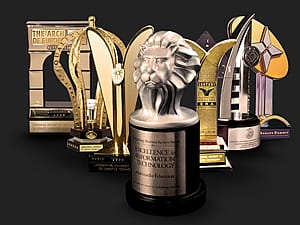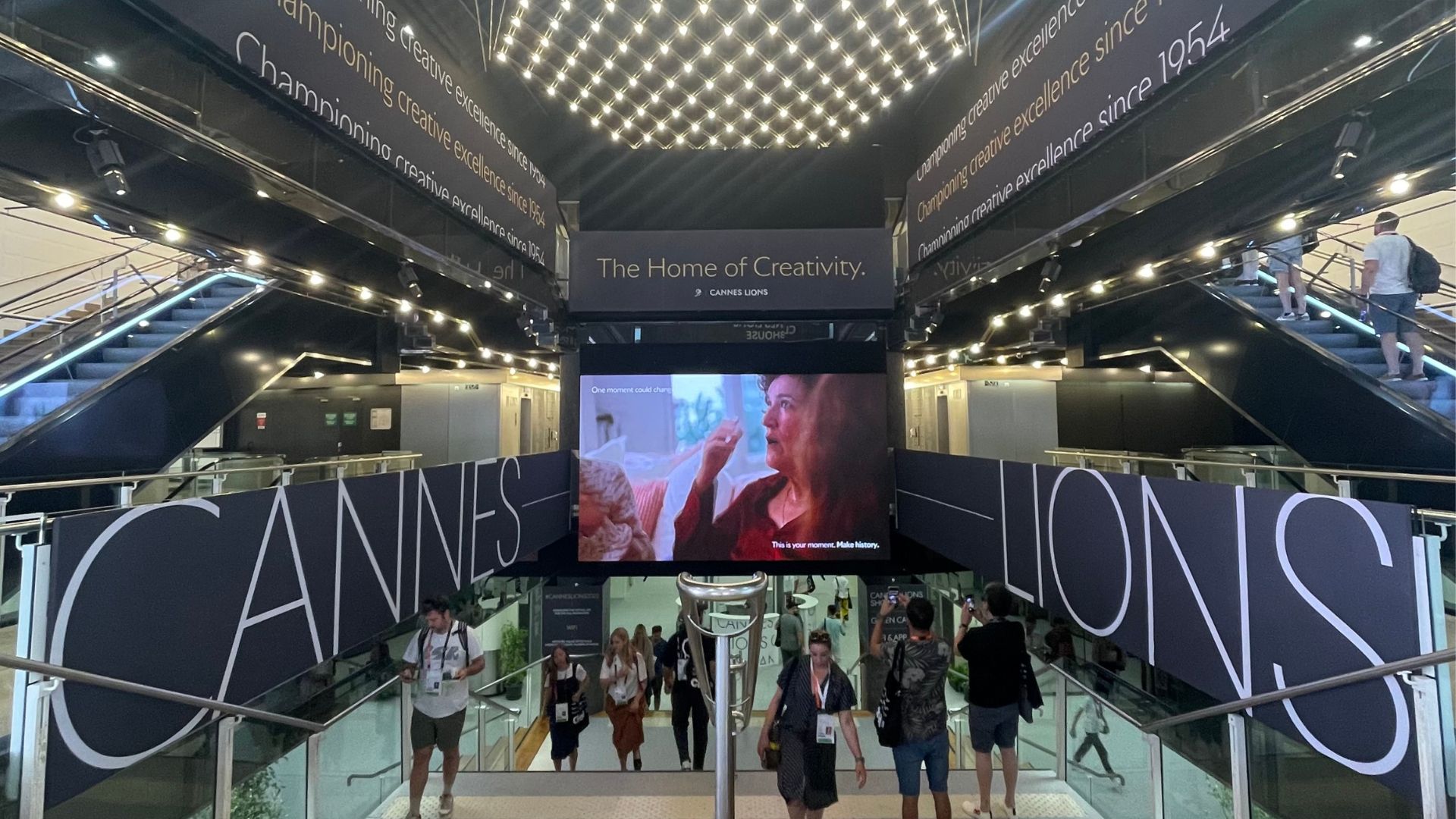 I’ve had the privilege of sitting on or chairing a number of PR awards panels over the years, and while each of them had their own idiosyncrasies, I think most ended up recognizing great work that reflects the power and impact of thoughtful, creative campaigns and programs.
I’ve had the privilege of sitting on or chairing a number of PR awards panels over the years, and while each of them had their own idiosyncrasies, I think most ended up recognizing great work that reflects the power and impact of thoughtful, creative campaigns and programs.
That’s not because I was on the jury. It’s because the winning work received the greatest number of votes and jury panelists generally want similar things from entries: breakthrough ideas, informed by audience insight, creatively executed and measurable results.
It’s virtually impossible to capture all the votes (there are as many ways to interpret this criteria as there are entries), but there are a few things you can do to persuade jurors like me.
1. Tell a heroic story. Winning entries tell clear stories in which a problem is solved or an opportunity is realized (click to tweet). Tough deadlines and last-minute logistical obstacles are background noise. We want to hear about how your communications made something new possible for the audience.
2. Insights first. Ideas that are born from insight and drawn from real research are easy to spot. Just about every competition committee awards points for insight and research, and you can win the judges over by showing them that you started with a desire to understand the audience mind-set prior to coming up with offering a strategy or creative execution.
3. Creativity is at least as much about execution as it is about novelty. Chances are, your first-ever creative approach has been done before. It’s almost always best to show how your solution was carefully developed and implemented to reflect a core audience insight, and never confuse a media gimmick or news-hook with a central proposition to those you want to influence via communications.
4. Small is not always better. Too many entries reinforce their relatively small budgets. This is good for appealing to bargain-shoppers, but ‘making do’ is not always the stuff of best practice or award-winning work. It’s far better to show real impact as a result of the effort, rather than attempting to manage expectations associated with small expenditures.
5. Advertising value equivalency (AVE): Just don’t. I’ve yet to participate in a PR competition in which other judges were impressed by AVEs. They shouldn’t be, as this is not a real measure of anything. Even if your client or organization uses AVEs internally, it’s important to find other, more appropriate metrics for describing the results of your work, such as minds changed, product moved, value created, policy adapted, votes garnered , etc.
My final piece of advice is this: If you’re not sure your work meets all or most of the standards above, don’t enter it. A lot of our work is perfectly good for the job at hand, delights clients or our bosses, and achieves results we should be proud of. And there’s nothing wrong with any of that.
But truly great work, award-winning work, should be transformative in its impact (click to tweet). You know this kind of work when you see it, as it practically writes its own entry. Focus on these themes and you’ll be much likelier to collect hardware at the award ceremony.
Good luck!


